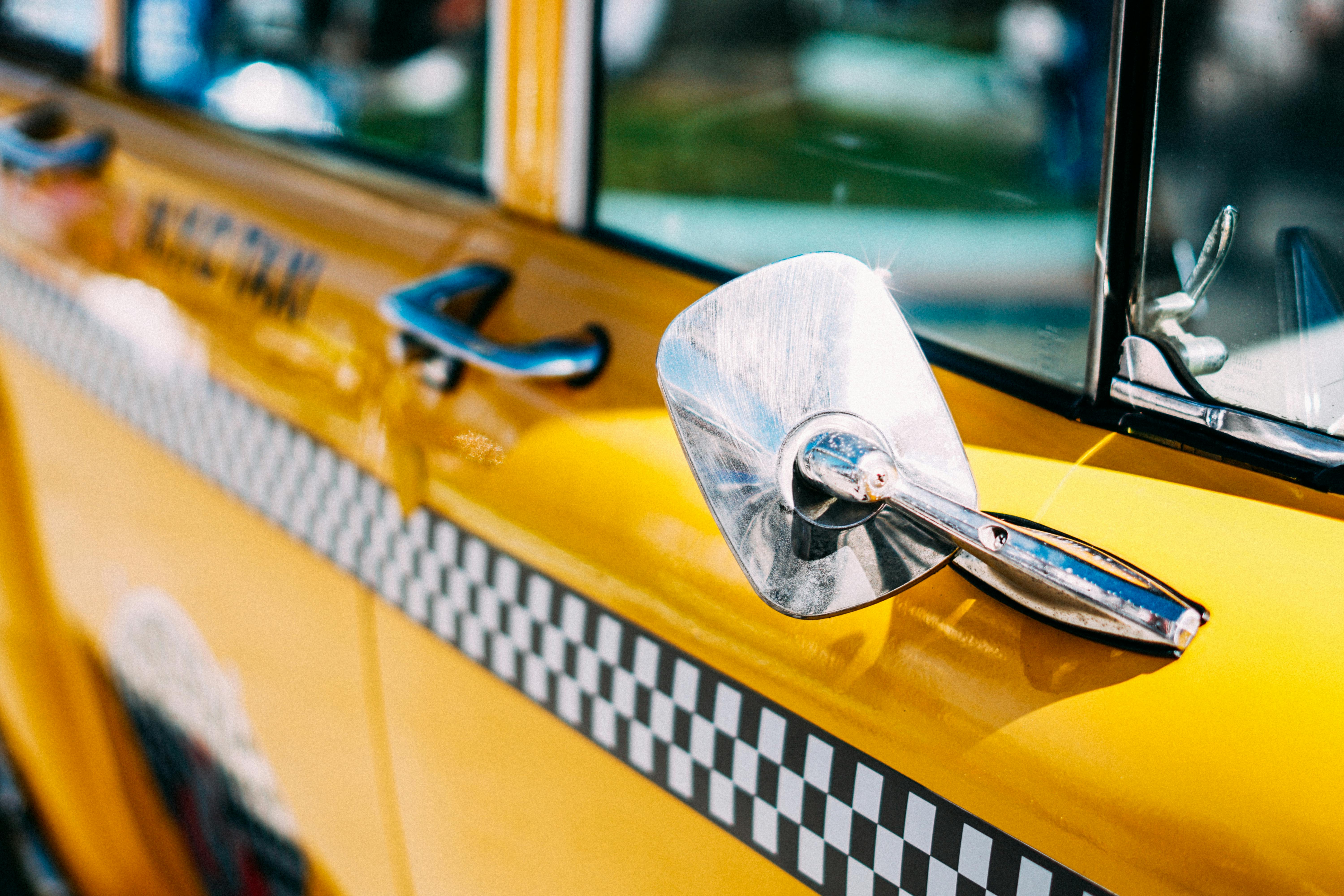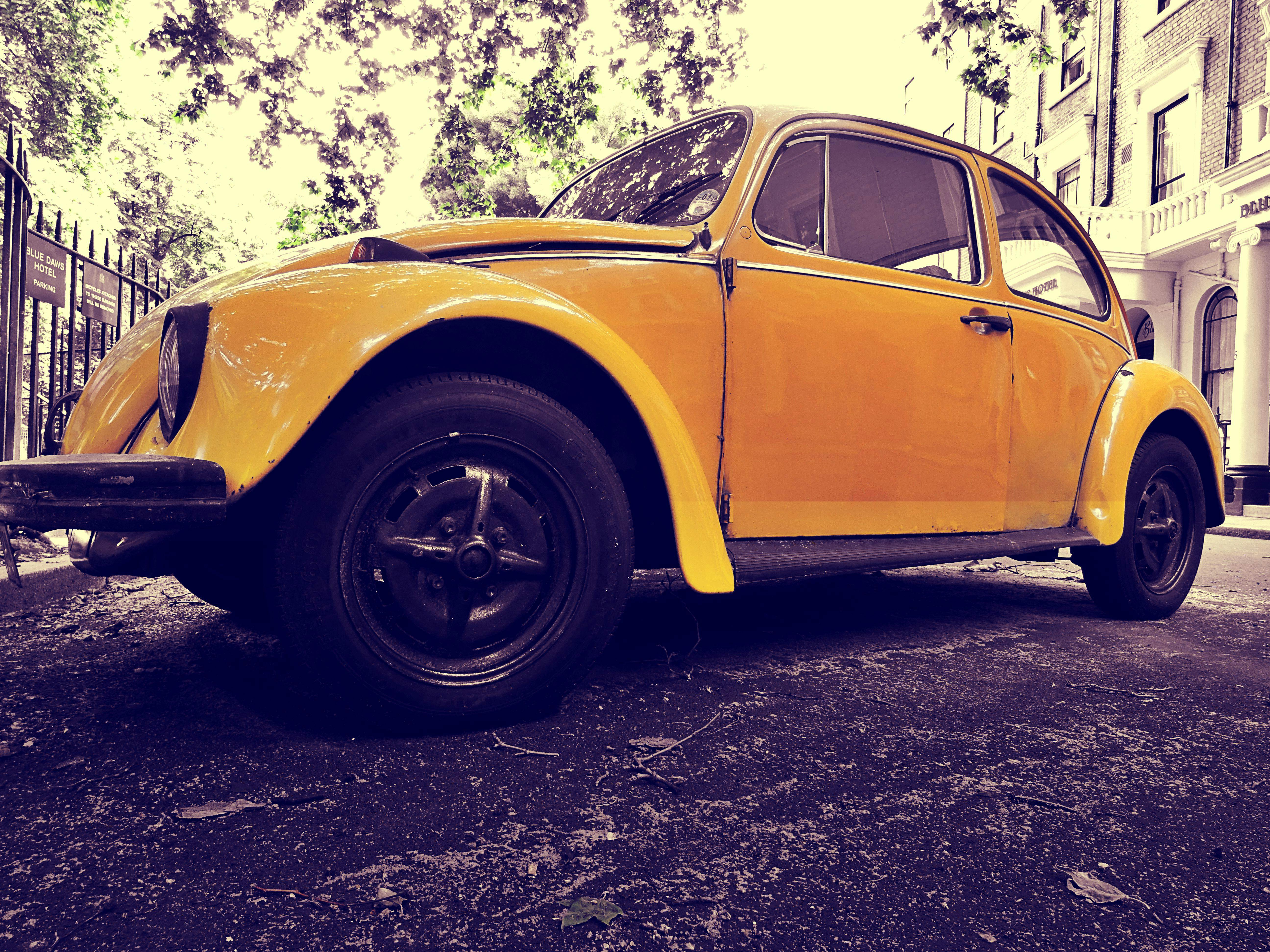When you buy a car, the first thing to look at is the specifications in the car brochure. Many people know what kind of engine a car has just by looking at it, while others need to have a proper breakdown of what these specs mean.
- Engine: You will only get three types of engines. In this case, electric hybrids will be excluded. The two main types of engines that you will get are the diesel and gasoline options. Each has a completely different configuration from the other, such as the construction of the ignition system.
- Cylinders – This is the number of cylinders that are inside the chamber. The smallest cars have four cylinders, while the more powerful engines used on racetracks will have twelve cylinders. Cars will sometimes be described with a “six in line,” which means that all cylinders are in a single line as opposed to V-types and horizontal configurations.
- Displacement: In most cars, you will notice that there is a number like this: 1.4 or 2.0, etc. This is the number of liters the car will use in a single cycle. The bikes will have a number like this, for example: 800cc; which means eight hundred cubic centimeters.
- Transmission: There is a four-speed transmission, a five-speed transmission, etc. The number indicates how many gears your car can be put into. There are also manual transmission and automatic transmission, which are two different driving systems.
- Power: Many car owners will know the power of the car by using the unit of horsepower. In simple terms, a horsepower would be the equivalent of the horsepower of a horse. So imagine what power you will have if the car has 700 hp. That is a very fast car.
- Fuel Tank Capacity – This is a pretty straightforward spec. This is the amount of fuel the fuel tank can hold. In other words, it can be a 30 liter tank or a 40 liter tank. It will depend on the particular type and size of car. This helps you understand how much fuel you can use with a full tank so you can plan your fuel budget.
- Powertrain – Your car will be FWD (front wheel drive), RWD (rear wheel drive), or 4×4 (four wheel drive). Note that a four-wheel drive does not mean that the car is an off-road vehicle, but rather that the power is sent to all the wheels and tires. Front wheel drive means that power is applied to the front wheels. With FWD, you need to pull the car. The rear wheel drive sends the force to the rear wheels, which means that the car is being pushed.



